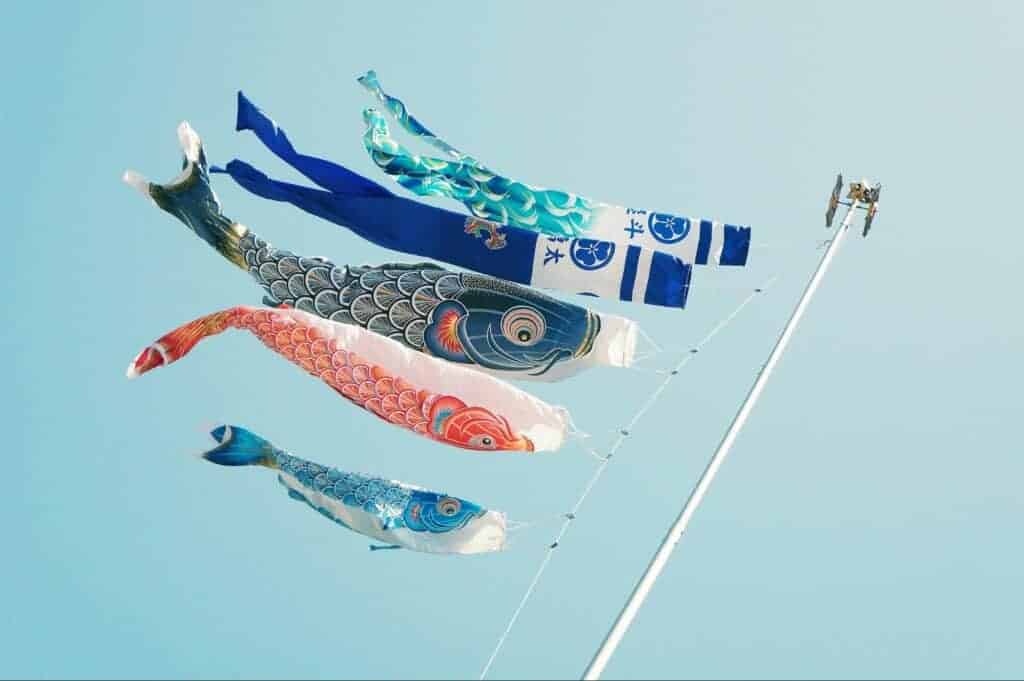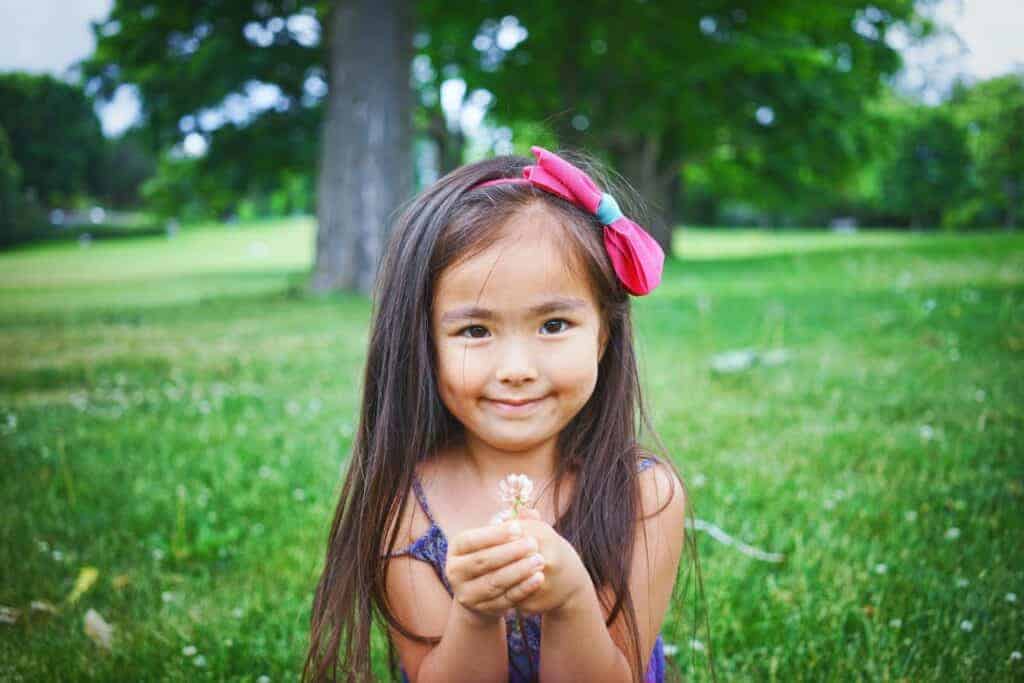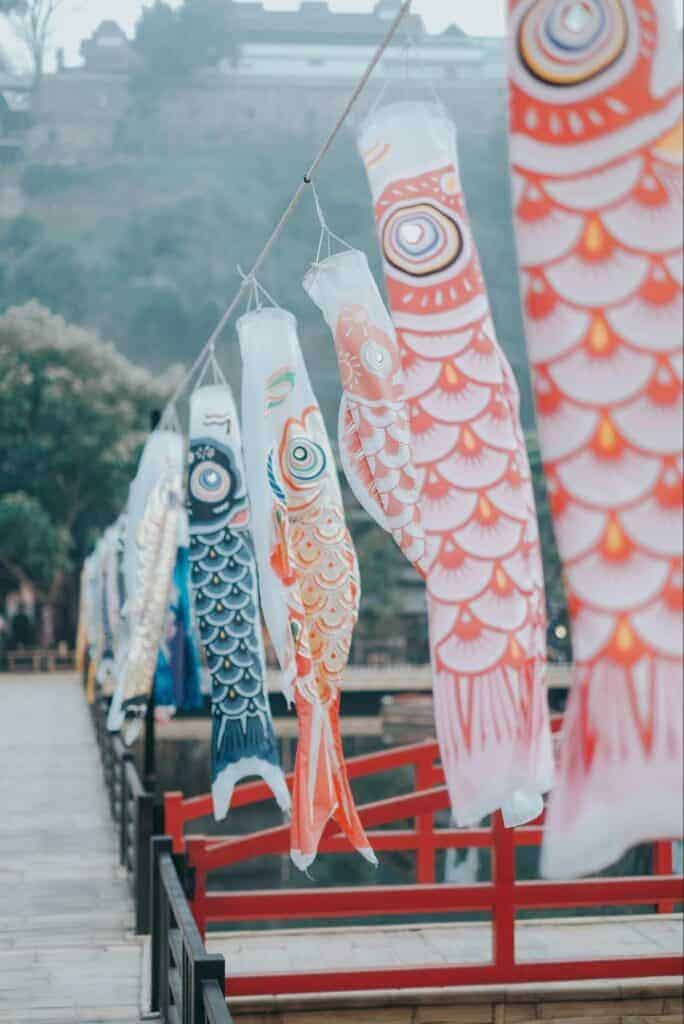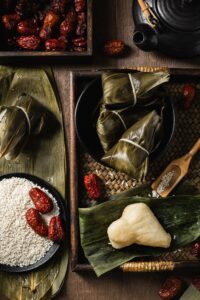Fish-shaped flags floating in the sky? It’s almost children’s day in Japan. And here’s a guide to Kodomo No Hi: Children’s day in Japan!
On May 5th, Japanese skies explode with colorful carp as Japan celebrates Kodomo no Hi, Children's Day. More than just a holiday, it's a national treasure trove of traditions - from soaring koi streamers symbolizing strength to samurai helmets honoring courage.
From ancient origins as Boy's Day to its shift towards inclusivity, Kodomo no Hi celebrates not just strength, but the unique potential and joy of every child.
Dive into this cultural tapestry and discover the true magic of a day dedicated to Japan's future - its children.

Guide to Kodomo No Hi: Children's Day In Japan
The next Kodomo No Hi in Japan will be celebrated on May 5, 2025, Sunday.
When Is Kodomo No Hi Celebrated?
Kodomo no Hi, also known as Children's Day, is celebrated on May 5th every year in Japan. It is one of five national holidays that make up Golden Week, a series of holidays that occur in late April and early May.
Originally known as Tango no Sekku, Kodomo no Hi was traditionally a boys' holiday, but it was renamed in 1948 to include both boys and girls.
During Kodomo no Hi, families display koinobori, carp-shaped windsocks, and samurai dolls and helmets to represent strength and courage. Traditional Japanese food, such as mochi and chimaki, is also enjoyed on this day.
- Related: Hinamatsuri Girls Day Celebration in Japan
- Related: Seijin No Hi: Coming of Age Day in Japan
- Related: How Japanese Celebrate Christmas
Why is Kodomo no hi celebrated?

Kodomo no Hi is more than just a day of colorful streamers and festive treats. It's a deeply meaningful celebration woven into the fabric of Japanese culture, carrying important messages about childhood, family, and societal values.
Wishing for Happiness and Well-being:
At its core, Kodomo no Hi is a day of aspiration. The vibrant carp soaring against the spring sky symbolize the hope for children to overcome challenges and reach their full potential.
Each flutter of the fabric whispers a wish for their health, happiness, and success in life.
Celebrating Individual Strengths and Personalities:
Kodomo no Hi doesn't differentiate between boys and girls, athletes and artists, dreamers and doers. It embraces every child's unique talents and encourages them to blossom in their own way.
The absence of rigid gender roles allows children to explore their identities freely and discover their passions without societal constraints.
Emphasis on Family Unity and Togetherness:
Kodomo no Hi strengthens the bonds between families. Flying the koi nobori together, decorating homes with traditional symbols, and sharing special meals creates a sense of shared joy and purpose.
This celebration reminds parents and children alike of their mutual love and support, fostering a nurturing environment where children feel safe and cherished.
Preserving Cultural Heritage and Values:
Kodomo no Hi is a thread connecting past and present. The traditions passed down through generations - crafting the carp streamers, displaying samurai armor, and enjoying age-old recipes - remind us of the importance of cultural continuity. It's a way to honor the wisdom of ancestors and ensure these values continue to inspire future generations.
Related: Guide to Japan's Nengajo New year cards
Facts About Kodomo No Hi You Probably Didn't Know
- The carp-shaped windsocks, or koinobori, that are flown during Kodomo no Hi are often arranged in order of size, with the largest representing the father, the second largest representing the mother, and the smaller ones representing the children.
- In addition to samurai dolls and helmets, families may also display other traditional decorations during Kodomo no Hi, such as iris flowers and shobu leaves, which are said to ward off evil spirits.
- The traditional food eaten during Kodomo no Hi, chimaki, is wrapped in bamboo leaves to give it a distinctive flavor and aroma.
- Kodomo no Hi is part of a series of national holidays in Japan known as Golden Week, which also includes Showa Day (April 29th), Constitution Memorial Day (May 3rd), Greenery Day (May 4th), and Children's Day (May 5th).
- In some regions of Japan, particularly in the Kanto region, children may participate in a game called kashiwazaki, where they climb a greased pole to retrieve prizes.
- Kodomo no Hi is not just celebrated in Japan, but also in other countries with significant Japanese populations, such as the United States, Canada, and Australia.
- In some regions of Japan, families may participate in a tradition called "shobu nagashi," where they release iris flowers into a river or stream to symbolize the purification of the soul.
- Kodomo no Hi is also celebrated in other parts of Asia, such as South Korea and Taiwan, where it is known as Children's Day or Boy's Day.
How is Kodomo no Hi celebrated in Japan?
Kodomo no Hi, also known as Children's Day, is a beautiful holiday celebrated in Japan on May 5th. It's a day to celebrate the well-being and happiness of all children, not just boys as it was originally. Here's how it's typically celebrated:
Traditional Decorations
- Koinobori
Carp-shaped streamers, symbolizing strength and perseverance, are flown outside homes and buildings. The black carp represents the father, the red represents the mother, and smaller ones represent children.

There’s an ancient legend that tells us the story of a feisty school of fish that tried to swim and fight their way up past a waterfall called Ryumon (龍門).
It was also called the dragon gate. As much as the other fish tried, they couldn’t get through and ended up giving up, swimming back downstream.
Only the carps, with their persistent nature, swam into the Dragon gate. As they crossed the gate, they turned into dragons.
There are many versions of this folklore, but the one with the most elements turned into an evergreen proverb — koi no taki-nobori, which literally translates into carps swimming up the waterfall.
It depicts strength and persistence. It is this proverb that was shortened to koinobori, a name for modern-day carp flags. The colourful streamer like flags are seen fluttering above the houses of those celebrating Children’s Day.
The beating and flapping in the wind symbolize the tenacity and endurance of the carps in the Golden River.

- Kabuto and Gogatsu Ningyo
Samurai helmets and warrior dolls are displayed inside homes, wishing for courage and strength for the children.
- Iris Flowers
These blooms, in season during May, are placed in homes to ward off evil spirits and ensure good health.
Festive Activities:
- Kite Flying: Families gather in parks and open spaces to fly kites, enjoying the spring breeze and spending quality time together.
- Traditional Games: Games like Kabuto origami (folding paper helmets) and Hanetsuki (shuttlecock badminton) are enjoyed by children and adults alike.
- Festivals and Parades: Many communities organize parades and festivals with performances, food stalls, and activities for children.
Special Food:
- Kashiwa-mochi: Sweet rice cakes wrapped in oak leaves, symbolizing strength and long life.
- Chimaki: Sticky rice dumplings wrapped in bamboo leaves, another treat enjoyed on this day.
Special Dishes for Kodomo no Hi

There need to be special foods for every occasion, therefore, Kodomo Ni Ho is no different. Families make chimaki (粽), a steamed sticky rice cake wrapped in a bamboo leaf, mochigome (餅米), sweet glutinous rice, and finally, a sweet dish, the kashiwamochi (柏餅).
Kodomo No Hi: FAQs
What is Kodomo no Hi?
Kodomo no Hi is a Japanese national holiday that is also known as Children's Day. It is celebrated on May 5th every year. Kodomo no Hi is a celebration of children and their happiness. It also marks the end of Golden Week, a series of national holidays in Japan.
How is Kodomo no Hi celebrated in Japan?
Kodomo no Hi is celebrated by displaying koinobori, which are carp-shaped windsocks, outside homes and businesses. Families also often display samurai dolls and helmets to represent strength and courage. Traditional Japanese food, such as mochi and chimaki, are also enjoyed on this day.
What is the significance of koinobori during Kodomo no Hi?
Koinobori are carp-shaped windsocks that are flown outside homes and businesses during Kodomo no Hi. They are symbolic of the strength and determination of the carp, which is said to swim upstream against strong currents to reach its destination. This is seen as a metaphor for children who are working hard to grow and achieve their goals.
Are there any traditional games or activities associated with Kodomo no Hi?
Yes, there are several traditional games and activities that are associated with Kodomo no Hi. One popular game is kumade, a game where players use a rake to catch small prizes. Another popular activity is the samurai helmet crafting, where children can create their own samurai helmets out of paper.
Are there any traditional songs associated with Kodomo no Hi?
Yes, there are several traditional songs that are associated with Kodomo no Hi. One of the most popular is "Koinobori" which celebrates the carp-shaped windsocks that are flown during the holiday. Another popular song is "Tango no Sekku" which is a traditional Japanese song that celebrates the strength and courage of boys.
How long has Kodomo no Hi been celebrated in Japan?
Kodomo no Hi has been celebrated in Japan for hundreds of years, dating back to the Edo period (1603-1868). However, it was not officially recognized as a national holiday until 1948.
Is Kodomo no Hi primarily a boys' holiday?
Historically, Kodomo no Hi was primarily a boys' holiday, also known as Tango no Sekku. However, in 1948, it was renamed Kodomo no Hi to include both boys and girls.
What is the significance of the samurai dolls and helmets displayed during Kodomo no Hi?
Samurai dolls and helmets are displayed during Kodomo no Hi to represent strength, courage, and the warrior spirit. The dolls and helmets are often passed down through generations as family heirlooms.
What are some traditional foods eaten during Kodomo no Hi?
Some traditional foods eaten during Kodomo no Hi include mochi (sweet rice cakes), chimaki (sweet or savory steamed rice dumplings wrapped in bamboo leaves), and kashiwa-mochi (sweet rice cakes wrapped in oak leaves).
Are there any special events or festivals held during Kodomo no Hi?
Yes, there are many events and festivals held throughout Japan during Kodomo no Hi, such as parades, kite-flying competitions, and traditional Japanese dance performances.
How do schools and communities celebrate Kodomo no Hi?
Schools and communities often celebrate Kodomo no Hi by organizing special events and activities for children, such as sports tournaments, art contests, and cultural performances. Some schools may also hold a special assembly or ceremony to mark the occasion.
What is the role of parents and grandparents in celebrating Kodomo no Hi?
Parents and grandparents play an important role in celebrating Kodomo no Hi by spending time with their children and grandchildren, displaying traditional decorations and food, and passing down family traditions and heirlooms. They may also give gifts to children, such as koinobori or samurai dolls.
Also Read:



